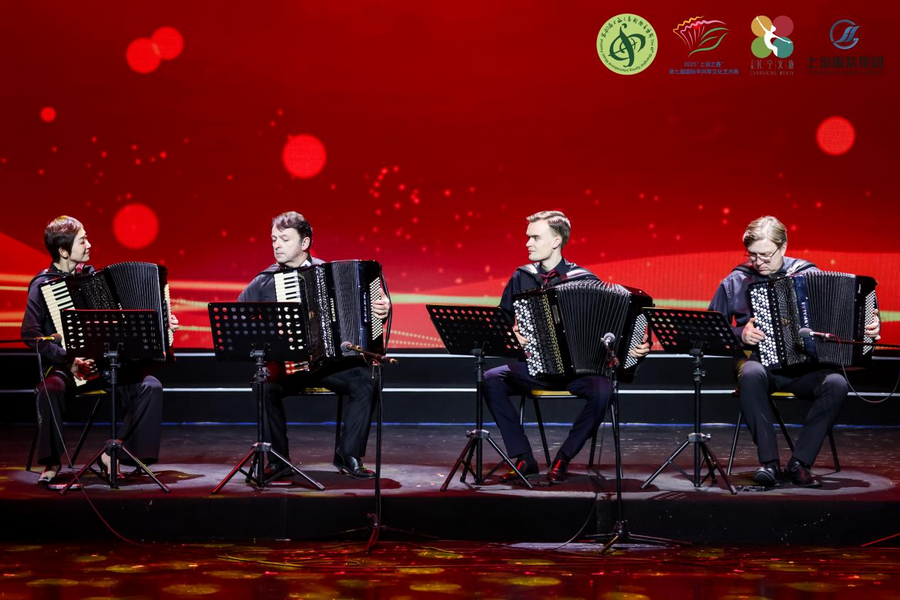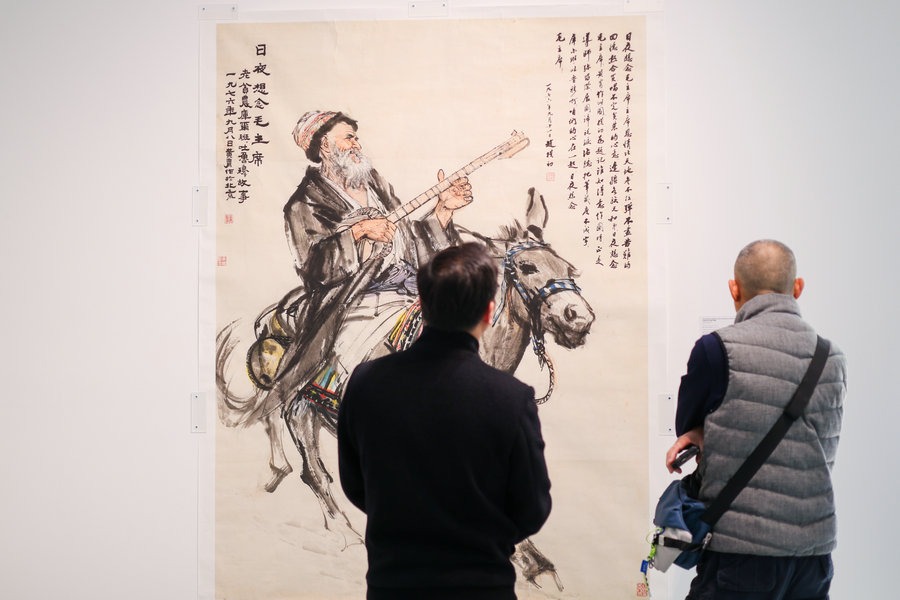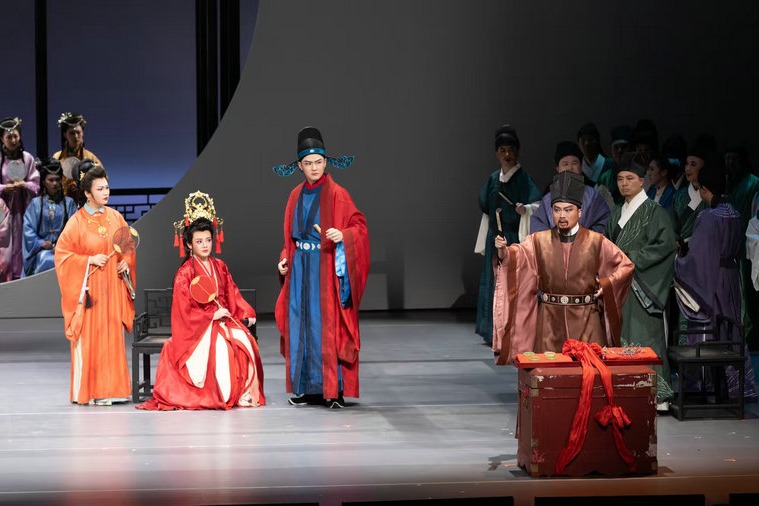Singing the sound of nature
In China, the popularity of Mongolian vocal traditions continues to develop new depth, Chen Nan reports.

It was a Saturday night, and the air had a crisp early spring chill that seeped into the narrow passages of Beijing's hutong. A couple of young people stood outside a small bar called Jianghu. They didn't say much — just the occasional chuckle or a quick glance at their phones, their faces half-lit by the soft glow of the streetlights. The alley around them was quiet, almost reverent, as if the city itself was holding its breath.
The outside world starkly contrasted with the warmth that pulsed within the bar. As you stepped through the small wooden door, the temperature hit you, the air thick and feverish, alive with an electric charge. It was not just the heat — it was the energy that seemed to hang in the room, emerging from the deep vibrations of khoomei, an ancient art of throat singing that has traveled from distant lands to this corner of Beijing.
The khoomei tradition is found in China, Mongolia and Russia. In China, it is practiced mostly by ethnic Mongolians in the Inner Mongolia autonomous region and the Xinjiang Uygur autonomous region. In Russia, it is practiced by the same people in the Tuva region in southern Siberia.





































